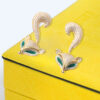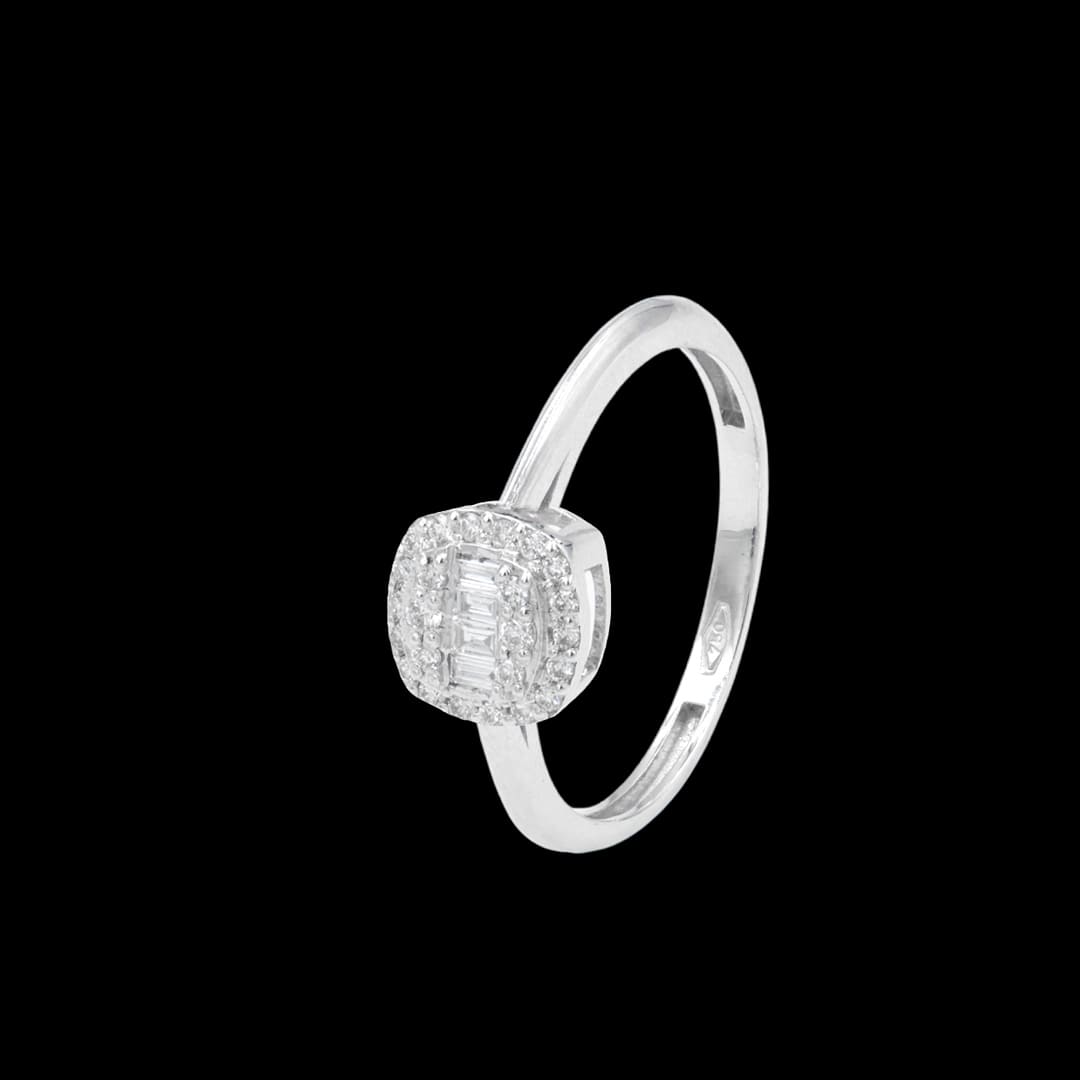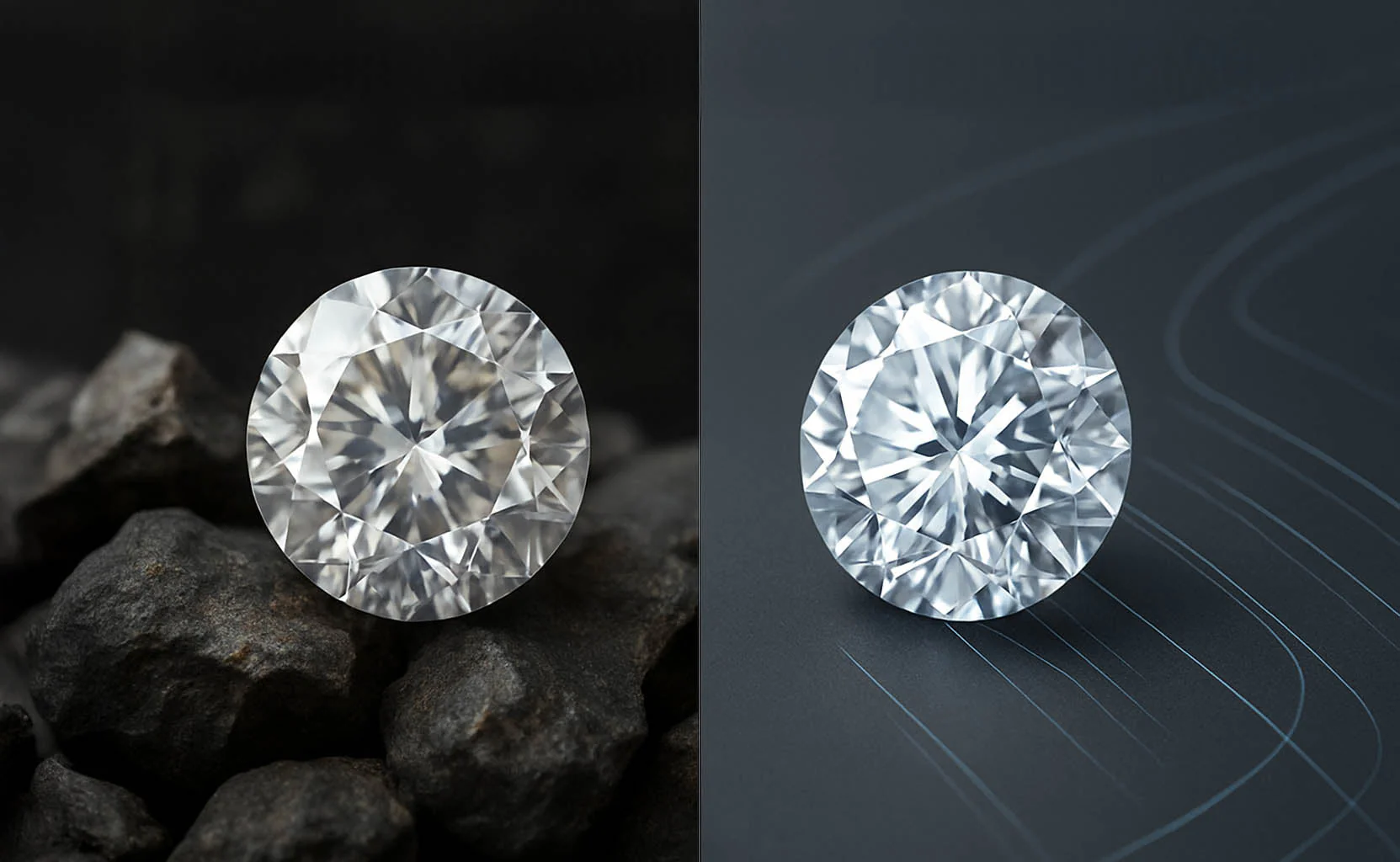
Understanding The Difference Between Sterling Silver Jewelry From Silver
Silver jewelry has long captivated hearts with its timeless allure and lustrous charm. Among the various types of silver jewelry, one term that often crops up is “sterling silver.” But what exactly is sterling silver, and how does it differ from conventional silver? Let’s delve into the intricacies of sterling silver jewelry to unravel its mysteries and understand its distinct characteristics.
The Basics of Silver
Silver, in its purest form, is a naturally occurring metal renowned for its brilliant luster and malleability. As one of the seven noble metals, silver has been treasured throughout history for its beauty and versatility in crafting exquisite jewelry pieces. However, pure silver, also known as fine silver, is relatively soft and prone to scratching and bending, making it less practical for everyday wear.
Enter Sterling Silver
To enhance the durability and strength of silver jewelry while retaining its inherent beauty, artisans turned to the creation of sterling silver. Sterling silver is a metal alloy composed of 92.5% silver and 7.5% of another metal, usually copper. This combination lends sterling silver its renowned durability and resilience, making it ideal for crafting high-quality jewelry pieces that stand the test of time.
The Sterling Silver Standard
The term “sterling” originated from medieval England, where silver coins of consistent quality were minted, known as “Easterlings.” Over time, the term “sterling” came to signify high-quality silver, and it eventually became the standard for silver purity.
In contemporary jewelry making, sterling silver is stamped with a hallmark, typically “925,” indicating its composition of 92.5% silver. This hallmark serves as a guarantee of quality and authenticity, assuring buyers that they are investing in genuine sterling silver jewelry.
Distinguishing Sterling Silver from Silver
While both silver and sterling silver share a similar silvery sheen, several key differences set them apart:
- Purity: Pure silver, or fine silver, contains 99.9% silver, whereas sterling silver comprises 92.5% silver and 7.5% alloy.
- Durability: Sterling silver is significantly more durable than pure silver due to the addition of alloy metals, making it less prone to scratching, tarnishing, and deformation.
- Tarnish Resistance: While both silver and sterling silver can tarnish over time due to exposure to air and moisture, sterling silver’s alloy composition offers greater resistance to tarnishing compared to pure silver.
- Price: Sterling silver jewelry tends to be more affordable than pure silver jewelry due to its lower silver content and enhanced durability.
The Allure of Sterling Silver Jewelry
Sterling silver jewelry offers a perfect balance of beauty, durability, and affordability, making it a popular choice among jewelry enthusiasts worldwide. From classic silver earrings and pendants to intricate rings and bracelets, sterling silver jewelry encompasses a wide range of designs to suit every style and occasion.
Whether you’re seeking a timeless piece of jewelry to cherish for years to come or a thoughtful gift for a loved one, sterling silver jewelry embodies elegance, sophistication, and enduring quality.
So…?
In the realm of silver jewelry, sterling silver shines as a symbol of craftsmanship, quality, and timeless elegance. With its distinctive composition and enduring appeal, sterling silver jewelry continues to enchant and inspire generations of jewelry aficionados worldwide. So, the next time you adorn yourself with a sterling silver treasure, remember the rich legacy and exquisite artistry that defines this beloved metal alloy.







Add comment